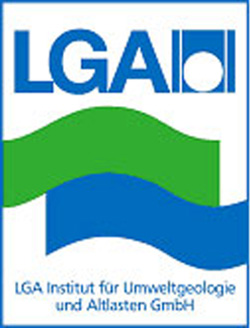Radon Measurement (indoor air)
Radon is a natural, radioactive noble gas. It is a decay product of uranium, which occurs in varying concentrations in the soil and bedrock. Crystalline rocks such as granite have higher uranium concentrations, but sandstones and mudstones can also have appreciable enrichments.
The radon escapes from the rock and reaches the earth’s surface with the soil air. Outdoors, radon concentrations are negligible. However, if it enters buildings and accumulates there, this can result in a significantly increased risk of lung cancer. After smoking, radon is the second leading cause of lung cancer. Radon gas is not detectable by smell or taste.
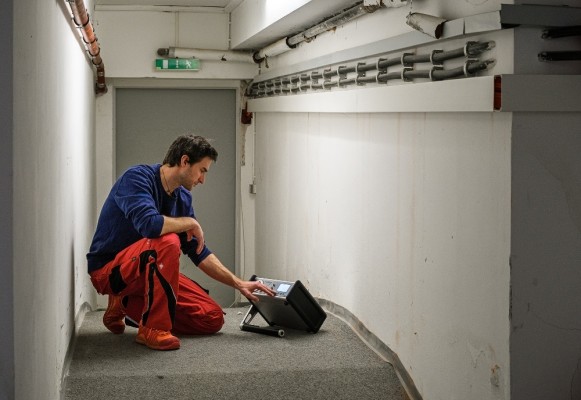
Measurement campaign with AlphaGUARD
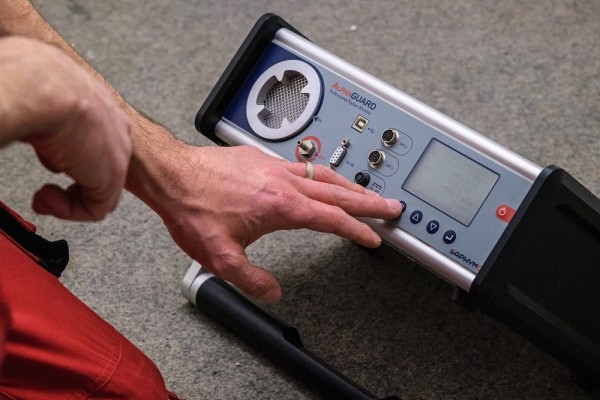
Setting the AlphaGUARD for a radon measurement
An accumulation of radon within a building depends on various factors. Of course, the radon activity concentration in the soil air, measured in bequerels per cubic meter (Bq/m³), is a major factor. But the permeability of the subsoil, the groundwater situation, and the construction method and condition of the building also play key roles in assessing the radon situation.
Joints and cracks in the brickwork or floor slab, lack of moisture protection, and leaking pipe penetrations, ducts or pump sumps are radon intrusion paths into the building. The rooms in contact with the ground (basement and first floor) are usually the most affected. However, unfavorable air currents and pressure conditions in the building can also lead to elevated radon concentrations in upper floors.
In principle, the health risk from radon increases with the concentration and duration of exposure. For workplaces, radiation protection legislation sets a reference value of 300 Bq/m³, below which the annual average must fall.
Whether there is a radon problem and whether there is a health risk is always a case-by-case decision. A radon measurement as well as an evaluation of the building fabric with regard to radon protection by an LGA expert helps to avoid unnecessary risks.
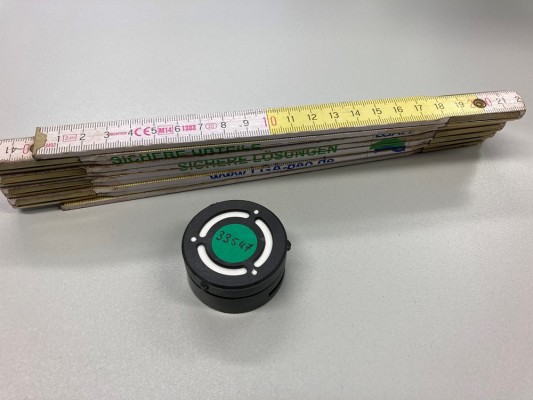
Nuclear track exposimeter for long-term measurements
- Research on the radon situation in the survey area
- Expert inspection of the building and preparation of a measurement concept
- Overview measurements with active measuring instruments
- Long-term measurements with nuclear track exposimeters
- Measurements of radon activity concentration in soil air
- Assessment of the building fabric with regard to radon protection
- Remediation concepts in existing buildings
- Advice on precautionary radon protection for new buildings
- Project management, construction supervision, control measurements
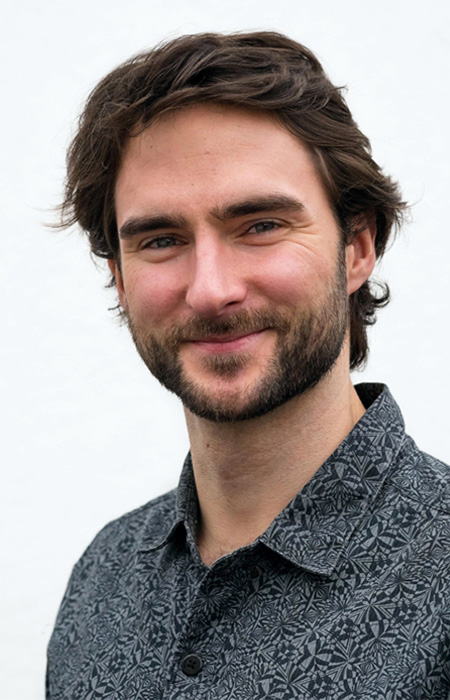
Martin Kahnt
M.Sc. Soils, Inland Waters, Contaminated Land
Radon specialist
Phone: +49 911 12076 109
Telefax: +49 911 12076 110
Mobile: +49 171 55 90 111
Martin.Kahnt@LGA-geo.de
LGA Institut für Umweltgeologie und Altlasten GmbH
Christian-Hessel-Str. 1
D-90427 Nürnberg
Phone: +49 911 12076 100
Telefax: +49 911 12076 110
info@LGA-geo.de
bewerbung@LGA-geo.de
News
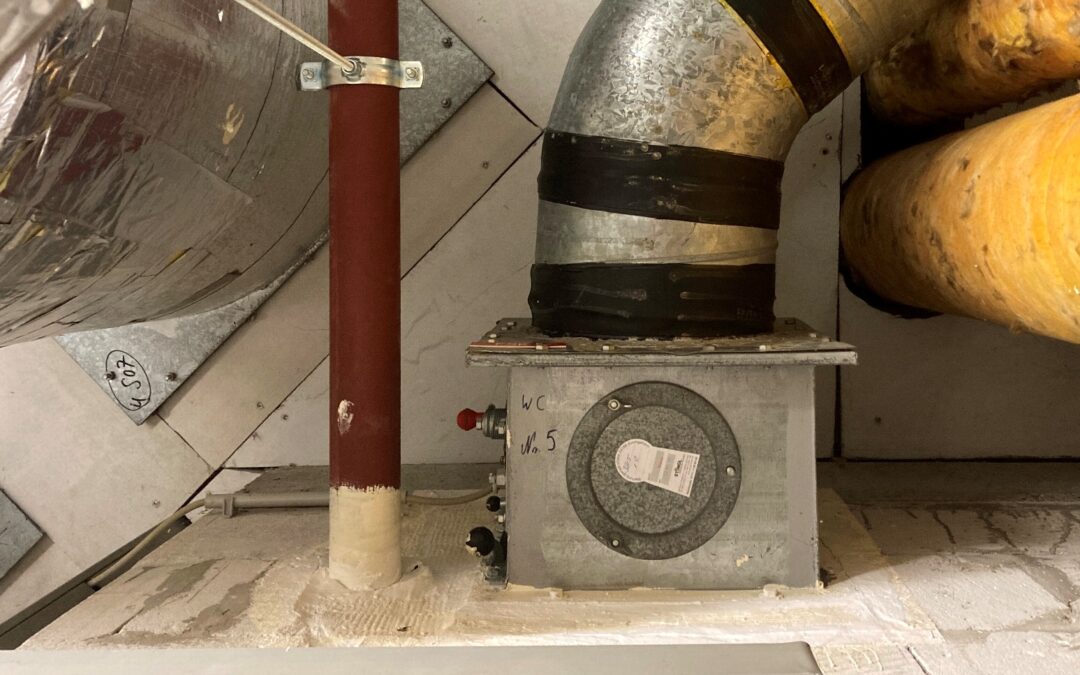
VDI guideline on asbestos-containing BSK
Fire dampers containing asbestos - New VDI guideline...
In-house seminars
In-house seminars Posted on 05 March 2024.We offer...
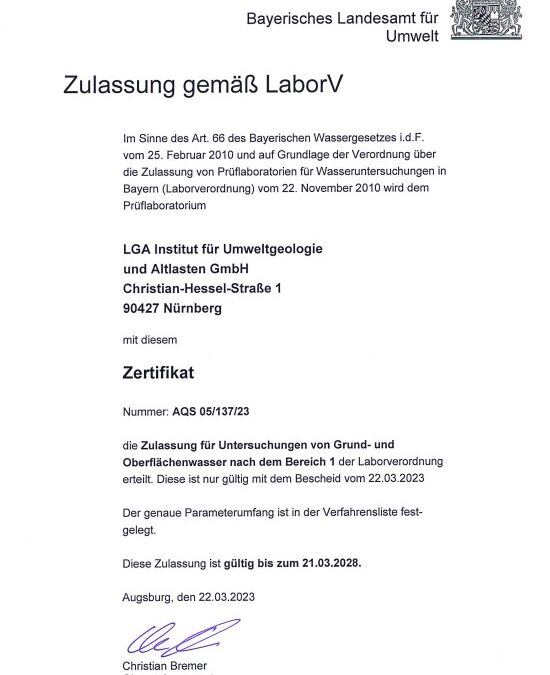
Notification according to LaborV
Notification as a testing laboratory for water analyses in...
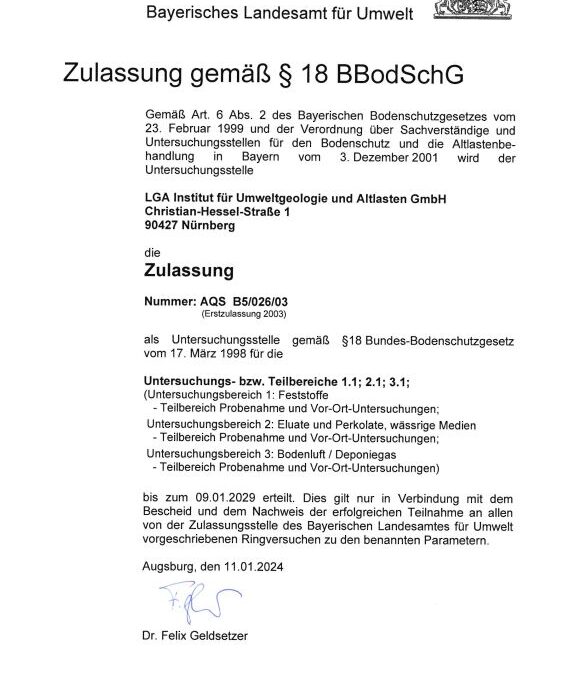
BBodSchG certification extended
Certification according to § 18 BBodSchG extended Posted...
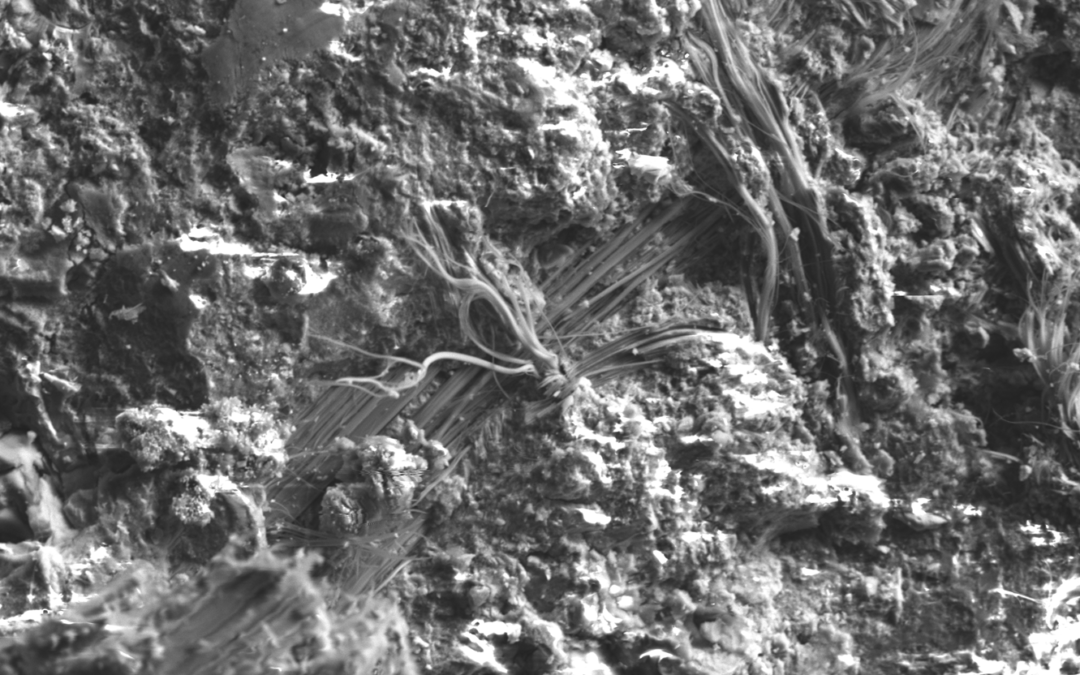
VDI Guideline 6202 Sheet3
Asbestos contamination investigation in buildings - VDI...
Older articles
